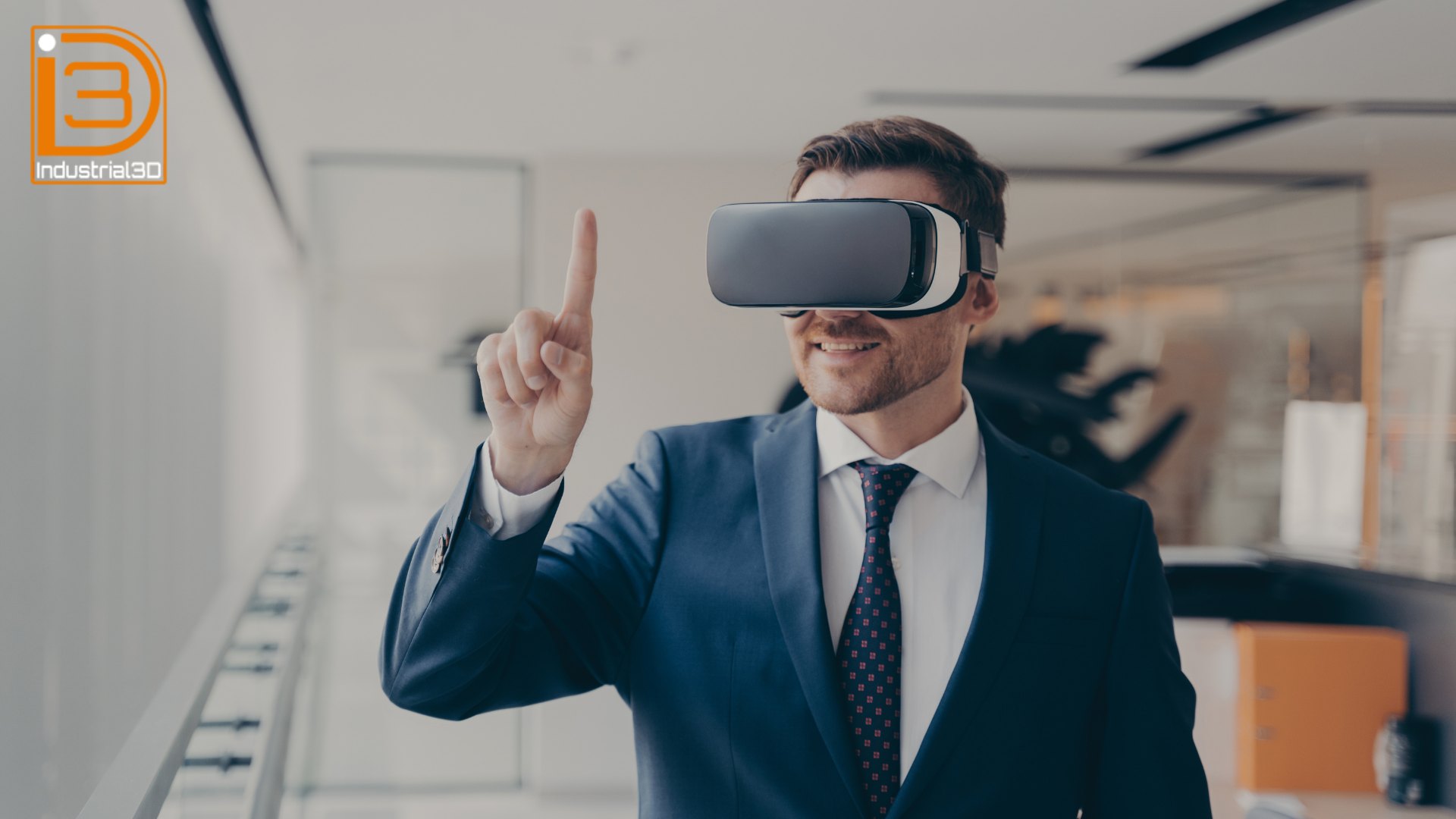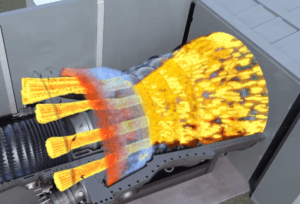In today’s fast-paced, technology-driven world, traditional training methods are no longer enough to keep up with the demands of modern industries. With the rise of virtual reality (VR), companies are embracing immersive training solutions to improve learning experiences, increase retention, and reduce costs. In particular, VR has revolutionized how training is delivered to the workforce, making it more interactive, engaging, and effective. In this blog post, we will explore the impact of VR training on workforce development, its benefits, and how it transforms learning and development programs across industries.
The Rise of VR in Training Solutions
Virtual reality (VR) training solutions are becoming increasingly popular as organizations look for ways to provide hands-on training experiences without the limitations of physical environments. From safety training to professional development, VR technology allows trainees to immerse themselves in simulated, real-world scenarios, enabling them to learn by doing rather than just observing.
By using immersive VR training programs, organizations can provide their employees with highly effective training, regardless of their location. Trainees can practice various skills in a virtual environment, enhancing both their understanding and retention of the content. Moreover, VR technology allows trainers to simulate complex or dangerous tasks, enabling workers to practice without risk.

How Immersive Training Enhances Workforce Development
Immersive training uses VR to create environments where employees can interact with virtual objects and scenarios that replicate real-world conditions. For industries like manufacturing, healthcare, and construction, this type of training is invaluable because it helps workers master practical skills through simulation.
Benefits of Immersive VR Training for Workforce Development:
- Hands-on learning: Trainees can practice skills repeatedly in a safe, controlled environment.
- Increased retention rates: Engaging, immersive learning experiences help learners retain information better than traditional methods.
- Scalable training: VR training solutions can be rolled out across the globe, providing consistent training programs to employees at different locations.
- Reduction of workplace injuries: Employees can practice hazardous tasks virtually before performing them in real-world settings.
- Cost-effective: VR training reduces the need for physical materials and in-person instruction, lowering overall training costs.
Transforming Training with Virtual Reality Technology
As the technology continues to evolve, VR training solutions are becoming more advanced, offering customizable content and scenarios tailored to the specific needs of different industries. Whether it’s safety training, onboarding new employees, or upskilling experienced workers, virtual reality training can be adapted to meet the diverse needs of businesses.
With VR, training programs can be designed to:
- Simulate real-life challenges.
- Provide employees with feedback in real-time.
- Adapt to the learner’s skill level, ensuring that every trainee gets the experience they need to succeed.
One of the most significant advantages of VR training is the ability to tailor programs to specific job roles and industries. For example, in the healthcare sector, VR can simulate emergency medical procedures, enabling doctors and nurses to practice critical techniques in a risk-free environment. In manufacturing, VR can simulate assembly line processes, ensuring that workers are prepared to handle complex machinery before ever stepping onto the shop floor.
Enhancing Learning Retention with Immersive Experiences
Immersive training through VR goes beyond traditional classroom learning by creating a more engaging experience for learners. According to research, people remember:
- 20% of what they hear.
- 30% of what they see.
- 90% of what they do.
With VR, employees are fully immersed in the learning environment, allowing them to practice tasks and skills in a way that enhances both understanding and retention rates. This makes VR particularly useful for industries that require high levels of precision, such as aviation, oil and gas, or construction.
In addition to improving retention, VR also allows trainers to track performance metrics and provide feedback, ensuring that learners understand the material thoroughly before moving on to more complex tasks.
The Role of XR Training in Enterprise Development
Extended Reality (XR), which includes both augmented reality (AR) and virtual reality (VR), is increasingly used by enterprises to improve training programs. XR training combines virtual elements with real-world scenarios, offering a hybrid experience that’s highly effective for both safety training and professional development.
At Industiral3D, our XR training solutions empower organizations by offering fully immersive learning environments where employees can interact with both real and virtual objects to enhance their skills. This allows enterprises to:
- Simulate specific work environments.
- Customize training content to meet unique needs.
- Reduce training time by offering more engaging, interactive modules.
With XR, businesses can also improve compliance training, reducing the risk of regulatory violations or workplace incidents by ensuring all employees are trained on the latest safety protocols.

How VR Training Reduces Costs and Improves ROI
One of the most significant benefits of VR training is its ability to deliver a cost-effective solution while improving return on investment (ROI). Traditional training methods often require expensive materials, classroom setups, and in-person trainers. However, VR eliminates many of these expenses by allowing companies to deliver the same training digitally, with the added benefit of scalability.
Additionally, VR training can be gamified to make learning more enjoyable and engaging for employees. Gamification helps increase participation, improve retention, and motivate employees to complete their training programs. This, in turn, reduces the need for retraining and enhances overall workforce efficiency.
At Industiral3D, we specialize in creating fully immersive VR training experiences that empower companies to optimize their training programs, lower costs, and improve employee performance.
Safety Training and Compliance through Virtual Reality
Safety training is a critical component of any organization’s success, and VR provides an innovative way to ensure workers are fully prepared for any risks they may encounter on the job. Whether it’s construction workers, healthcare professionals, or manufacturing teams, VR offers a safe and effective method for training employees on proper safety protocols.
With VR, safety training modules can be created to simulate real-world risks, helping employees become more confident in their ability to handle emergency situations. Furthermore, VR-based safety training can be adjusted as regulations change, ensuring that all employees are up-to-date on the latest safety standards.
Frequently Asked Questions
1. What is VR training, and how does it benefit workforce development?
VR training is a simulation-based learning method using virtual reality to immerse learners in real-world scenarios. It benefits workforce development by enhancing practical skills, increasing retention rates, and offering scalable, cost-effective training solutions.
2. How does VR training improve retention rates?
VR training offers immersive learning experiences, allowing learners to engage with content interactively. By simulating real-world tasks, VR training improves memory retention compared to traditional methods, helping employees retain knowledge more effectively.
3. Can VR training be customized for specific industries?
Yes, VR training solutions can be tailored to meet the needs of specific industries such as healthcare, manufacturing, and construction. This customization ensures that trainees get hands-on experience with industry-relevant tasks, enhancing job-specific skills.
4. How is VR used for safety training in the workplace?
Virtual reality creates fully immersive safety training simulations, allowing employees to practice handling dangerous or emergency situations in a safe environment. This reduces the risk of workplace injuries and ensures workers are prepared for real-world scenarios.
5. What are the cost benefits of using VR training for businesses?
VR training is a cost-effective solution for businesses as it reduces the need for physical training materials, travel, and in-person instruction. It also offers scalable training options, allowing companies to roll out consistent training across multiple locations, improving ROI.
Conclusion: The Future of Workforce Training
Virtual reality training solutions have transformed how businesses train their workforce. Through immersive learning experiences, VR can provide hands-on training that’s safe, effective, and engaging, ultimately improving employee performance and reducing costs.
As companies continue to adopt VR as part of their learning and development programs, the possibilities for improvement are endless. Whether you’re looking to upskill your workforce, onboard new employees, or enhance safety training, VR offers a solution that’s customizable, scalable, and impactful.
By investing in VR training, organizations can prepare their employees for the challenges of tomorrow, ensuring a more skilled, efficient, and safe workforce.
For businesses ready to take the next step in training innovation, Industiral3D offers cutting-edge VR training solutions designed to meet the unique needs of every organization.







